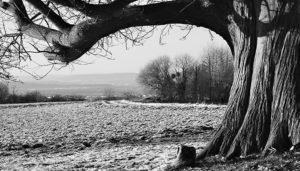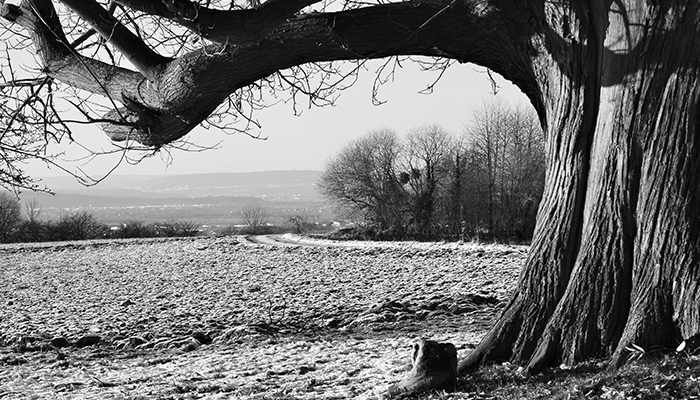Don’t let your tough exterior become who you are to others.
 As change practitioners, we can draw some parallels between the sapling/trunk metaphor and our own struggle to stay connected to our inner nature. In this post, and the one to follow, I’ll identify additional lessons the metaphor has to offer.
As change practitioners, we can draw some parallels between the sapling/trunk metaphor and our own struggle to stay connected to our inner nature. In this post, and the one to follow, I’ll identify additional lessons the metaphor has to offer.
A sapling that has been lost to the layers of its own hardwood never actually ceases to exist, but its appearance can become so obscured by the trunk’s dominance that it is no longer apparent to others.
All saplings become encased in their trunk’s denseness—that’s inherent in the protective process. The problem occurs when the tree’s spirit can no longer be distinguished—when its identity loses its definition to the encircling mass. If this happens, the oak’s inner nature is still there but its beacon can no longer penetrate the thick enclosure it is in. Its vitality can’t pass through the trunk and be visible to the external world.
No one can see anything but the massive trunk, so, to the outside observer, the tree is the trunk. To a passerby, the essence of the oak’s true nature wasn’t “replaced” by the trunk’s imposing nature. As far as the person is concerned, there was never anything but trunk, branches, and leaves.
There is no thought that, at one time, a sapling was chartered to carry the tree’s soul and that it is still in there—very much alive, even though buried beneath the trunk’s weight. The sapling and the innate spirit it holds are all but forgotten.
The same can be said for change agents who lose contact with their character. Our autonomous spirit isn’t something that actually goes away, even when smothered and left unattended for long periods. What can happen, however, is our defenses become so concentrated and impenetrable that, to others, our essence becomes invisible. Our true nature is nowhere to be found. All that is noticeable are the layers of hard, compressed defenses that have built up.
DOWNLOAD PDF
Don’t let your tough exterior become who you are to others



